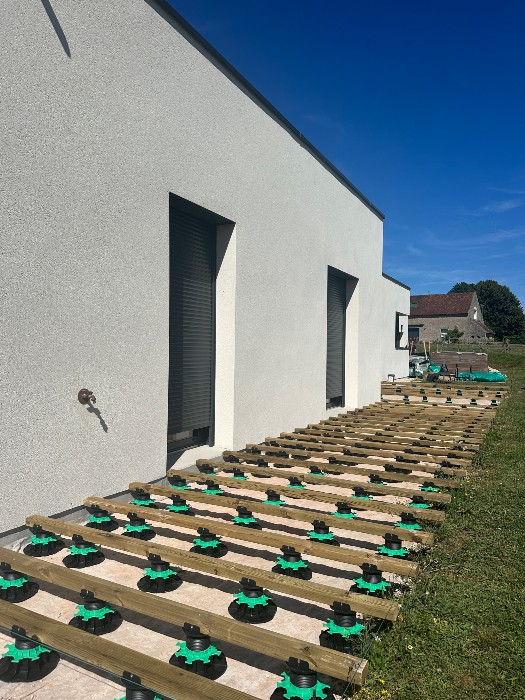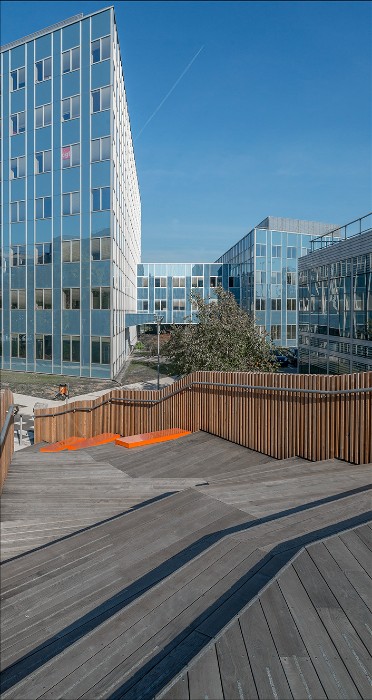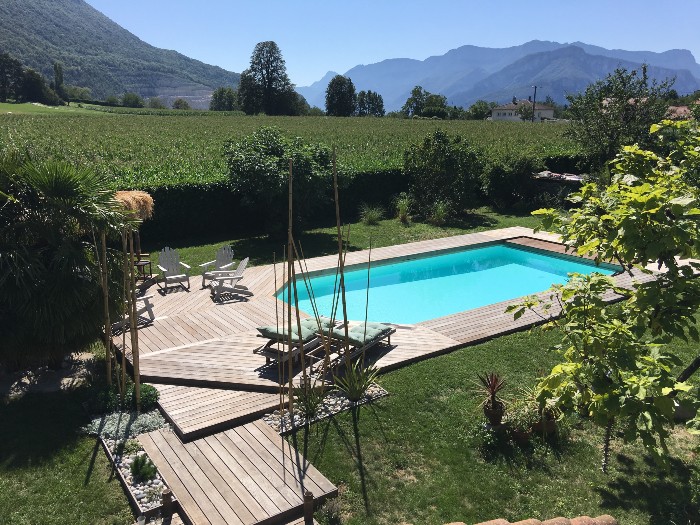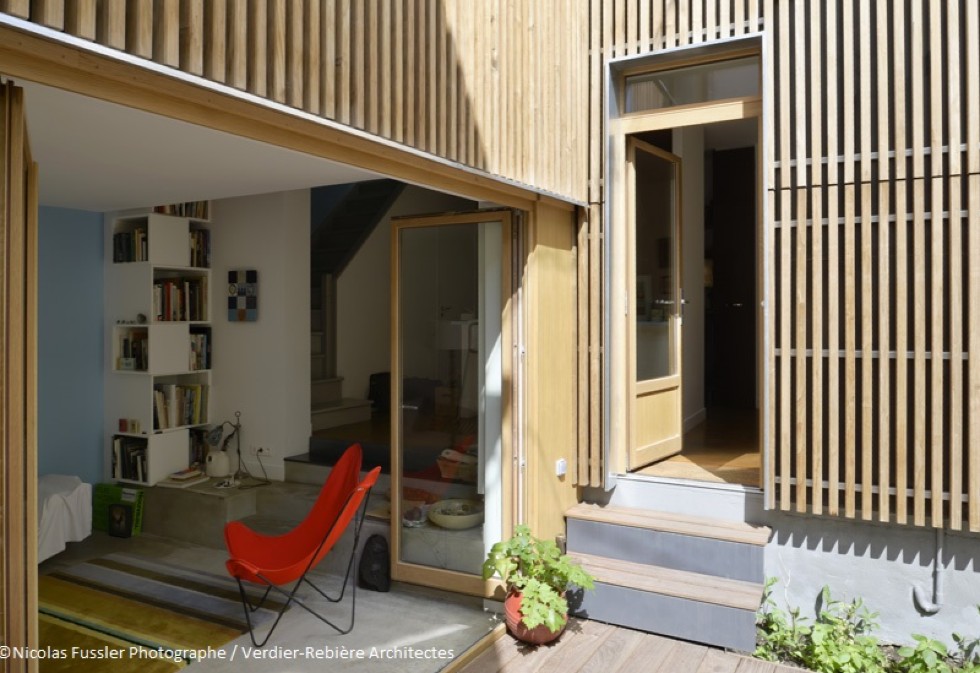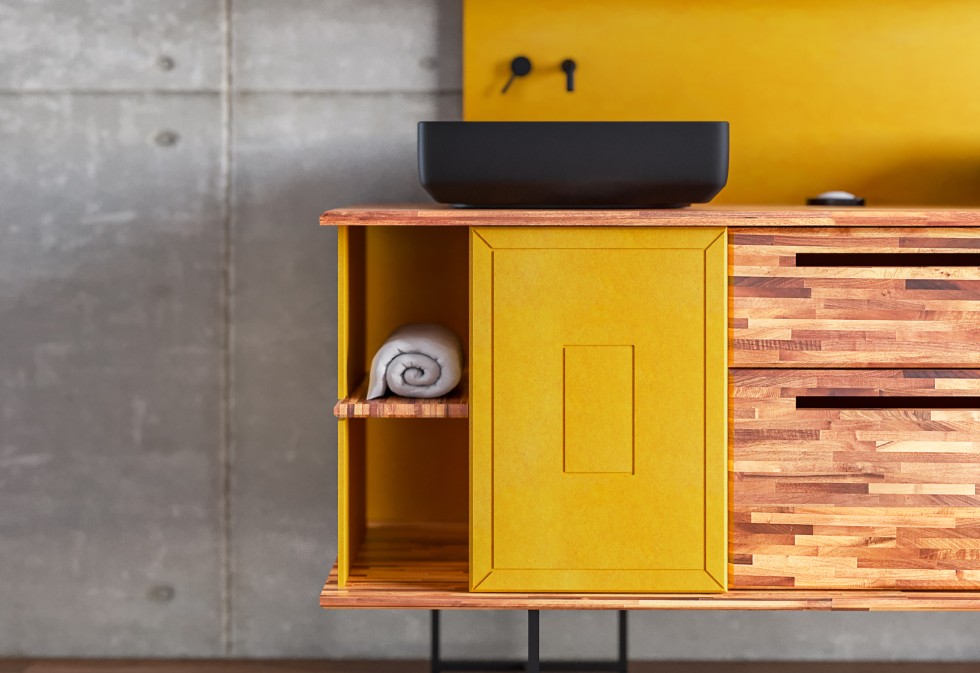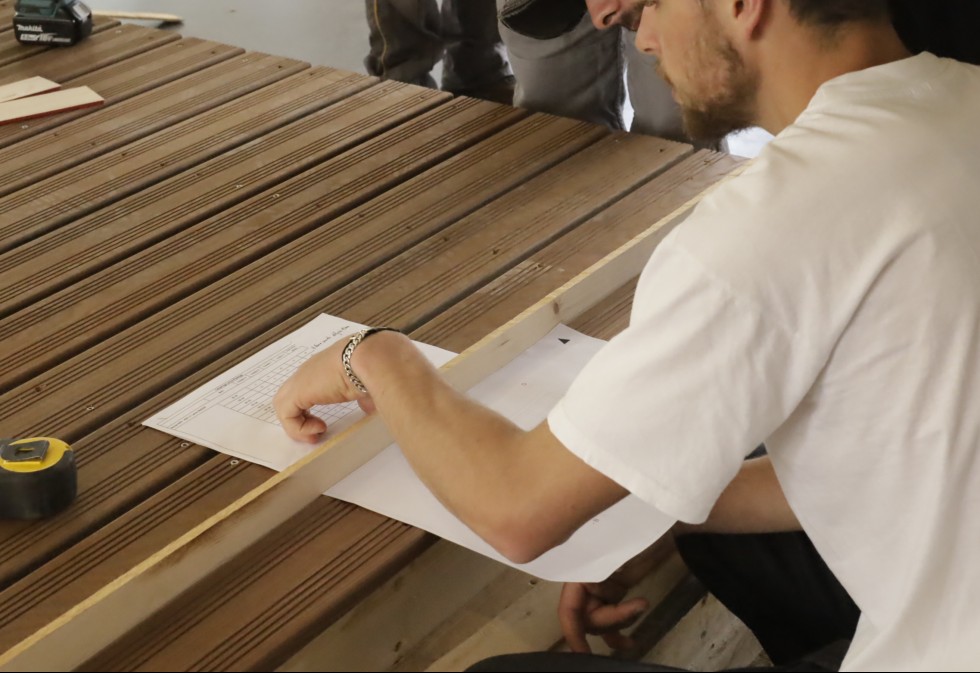What type of battens should you choose for a wooden deck?
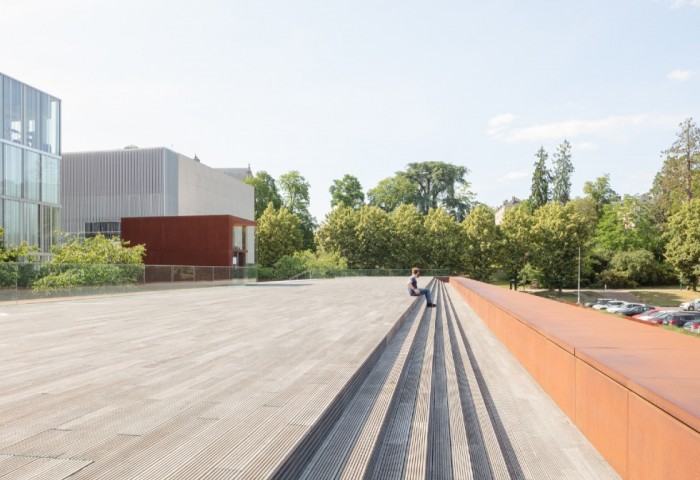
Building or renovating a wooden deck is a project that requires careful attention to detail, especially when it comes to choosing materials. Among the essential structural elements, battens play a crucial role in ensuring the durability, stability, and aesthetics of your deck. But what type of battens should you choose? Oak and pine battens are two popular options, each offering distinct advantages. This article explores the characteristics of these two types of wood to help you make an informed choice.
Oak battens: guaranteed strength and longevity
Oak is often considered the gold standard for construction materials in outdoor structures, and oak battens are no exception. This wood is renowned for its exceptional density and strength. Indeed, oak is capable of supporting heavy loads while offering natural resistance to the elements. This makes it an ideal choice for decks exposed to harsh weather conditions, such as heavy rain, freeze-thaw cycles, or prolonged sun exposure.
One of the main advantages of oak battens is their dimensional stability. This term refers to the wood's ability to maintain its shape and size despite changes in humidity and temperature. Thanks to this stability, decks built on oak battens remain uniform and free from warping for many years, providing a pleasant and safe walking surface.
In addition to their mechanical performance, oak battens are also an eco-friendly choice. Oak is a renewable wood species, and we source it from sustainably managed forests. Opting for oak battens means not only investing in the longevity of your deck but also contributing to environmental preservation. At Ducerf, each oak batten is selected with care, followed by precise cutting and meticulous machining. This manufacturing process ensures a high-quality product, perfectly suited for decking.
Pine battens: an economical and versatile solution
Pine, particularly pressure-treated Scots pine (class 4), offers an interesting alternative for those looking for a good balance between cost and performance. Pressure treatment involves impregnating the wood with protective agents under pressure, making it resistant to moisture, fungi, and insects. Thanks to this treatment, pine battens can be used outdoors, even in challenging conditions.
One of the major strengths of pine battens is their flexibility in terms of available dimensions and lengths. This versatility allows them to adapt to a wide variety of deck configurations, whether for small surfaces or more ambitious projects.
Although pine is less dense than oak, it remains a robust material, especially when used following installation recommendations. Indeed, the strength of your deck depends primarily on adhering to the recommended spacing, known as the "batten span," between the battens for each type of decking board. Thus, even with pine battens, you can achieve a solid and durable structure, provided you follow these best practices.
Comparison between oak and pine: How to make the right choice?
The choice between oak and pine battens should be guided by several factors, including the density of the decking boards you plan to use. As a general rule, the density of the battens should be equal to or greater than that of the decking boards. This ensures good compatibility between the two elements, avoiding structural imbalances that could affect the durability of your deck.
If you choose dense decking boards, it is advisable to opt for oak battens, whose density is comparable. Conversely, for lighter wood boards, pine may suffice, provided you follow proper installation practices.
Besides density, other criteria can influence your choice. For example, if your deck is exposed to extreme weather conditions, oak battens are likely the best option due to their natural resistance to the elements. On the other hand, if you have a more limited budget or need battens of great length, pine might be a more suitable choice.
Installing battens: A key factor in the durability of your deck
Whether you choose oak or pine battens, proper installation is crucial to ensure the durability and stability of your deck. The battens should be placed perpendicular to the decking boards, with regular spacing corresponding to the recommended batten span. This span generally varies between 40 and 60 cm depending on the type of wood and the thickness of the boards.
It is also important to ensure good ventilation beneath the deck. Adequate air circulation helps reduce moisture accumulation, which prolongs the lifespan of both the battens and the decking boards. To achieve this, wooden battens should be slightly elevated off the ground using supports, creating space for air to flow.
Conclusion: choosing the right battens for your deck
The choice between oak and pine battens depends on many factors, including the density of the decking boards, the climate in your area, and the project budget. Oak offers unmatched strength and durability, ideal for decks exposed to harsh weather. Pine battens are a more economical and flexible solution, particularly suited to projects requiring long battens.
Regardless of the wood species you choose, it is essential to follow best installation practices to ensure the longevity and beauty of the deck. With Ducerf, you are assured of high-quality battens, carefully selected and machined to meet the demands of modern wooden decks.
Choose battens that are well-suited to your clients' projects, and enjoy an outdoor space that is both aesthetic, functional, and durable.

